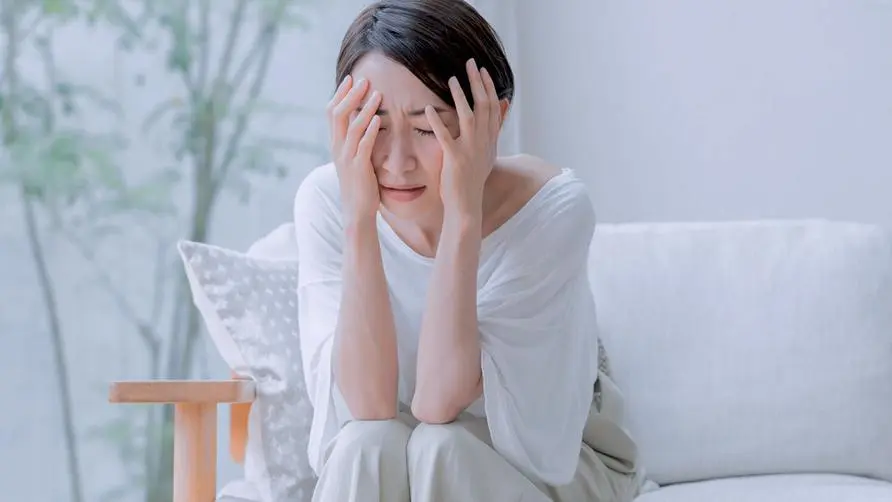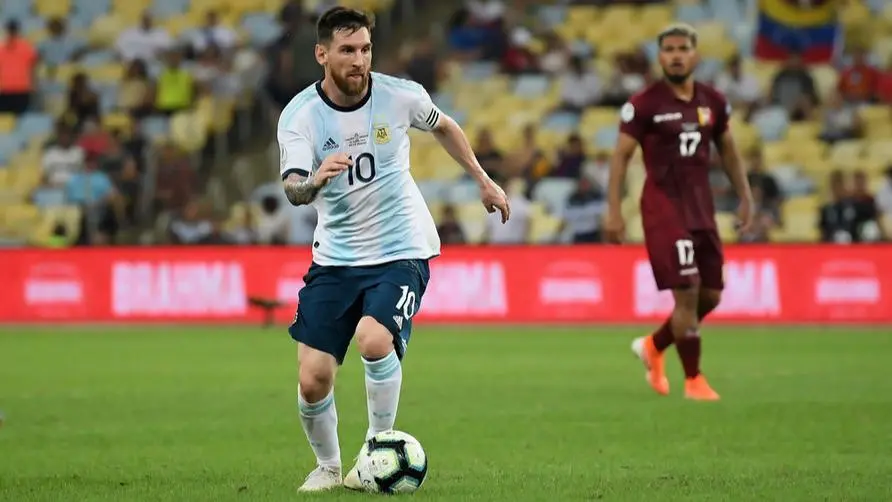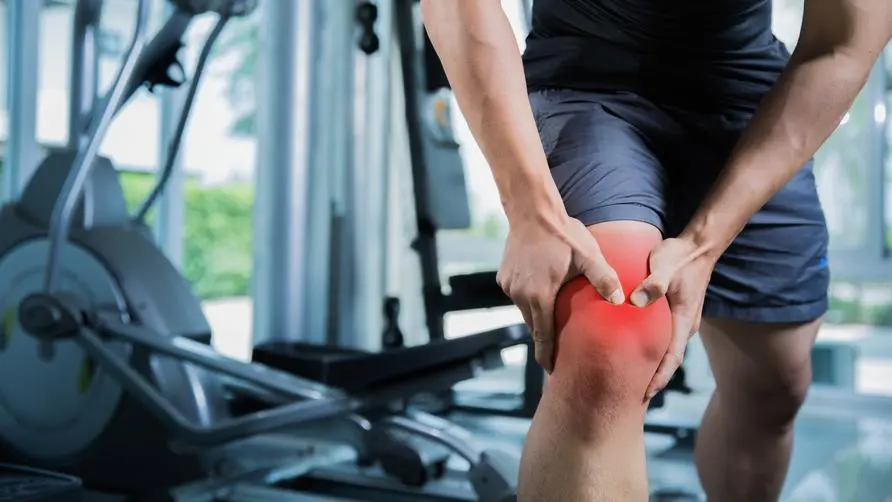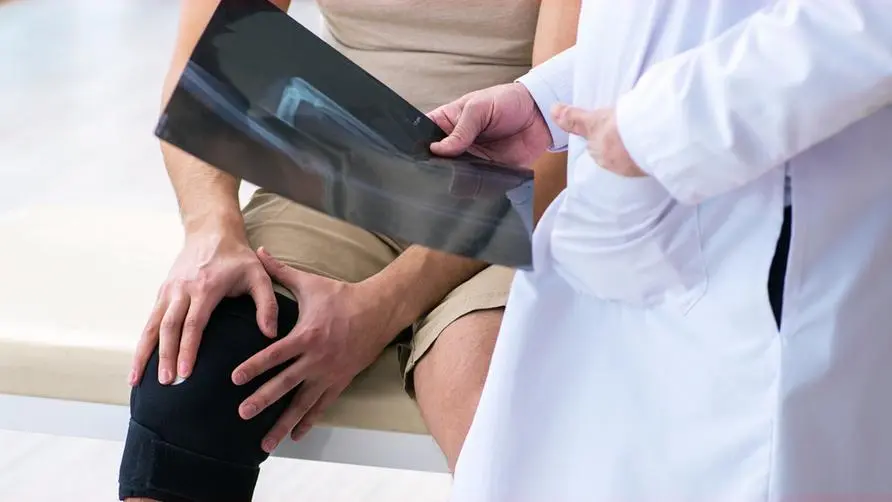Does a sprained ankle require an X-ray? Medical judgment criteria: If pain occurs in "these 6 places", it must be checked
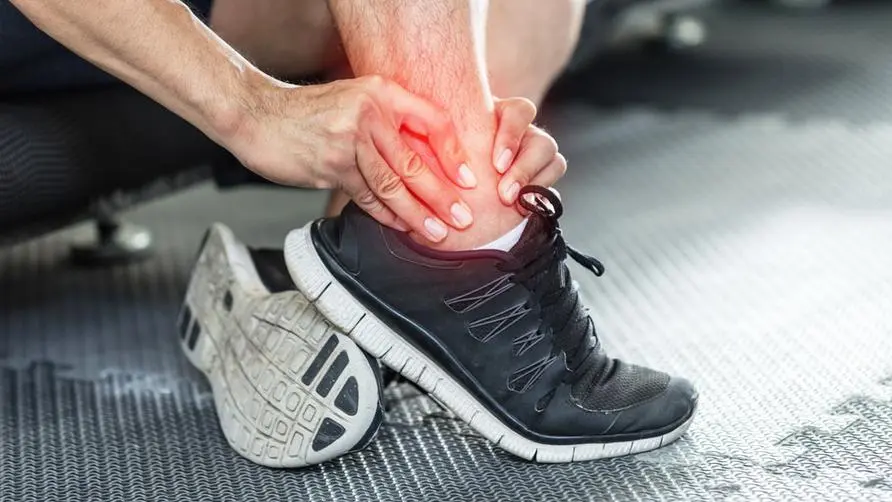
Do I need to take X-rays after spraining my ankle? “Ottawa Ankle Rules” help clarify
Many ball sports enthusiasts suffer from “ankle sprains”, which is one of the most common sports injuries among middle-aged golfers. Dr. Li Yanyu, director of the Renyi Boai Rehabilitation Clinic, posted on social media that a young golfer had sprained his ankle while playing golf. The sprain was so severe that even the foot would hurt when it touched the ground, and he could only use crutches. Go to the clinic for treatment.
After evaluation by Dr. Li Yanyu, it was recommended that the young patient undergo an X-ray examination. Unexpectedly, the patient stated that he would need to participate in sports events next week and was worried that the severity of the injury would be too high and he would not be able to return to the field to bring glory to the team. Dr. Li Yanyu reminded that playing with an injury will not only increase the risk of another sprain, but also the performance on the field may not be as expected. It is suggested that it is more appropriate to take X-rays to clarify the condition first, and then further decide on the direction of treatment.
Based on the above, Dr. Li Yanyu emphasized that ankle sprains are one of the common sports injuries in ball sports, especially basketball, rugby and other sports that require body collisions to score points. The risk is even higher than other types of sports. As for whether X-ray examination is required after injury, it can be clarified through the “Ottawa Ankle Rules”.
Does a “positive test” mean there is a fracture? Doctors reveal: Pay attention to “unable to bear weight” after injury!
Studies have shown that the Ottawa Ankle Rule has good sensitivity and low false negatives, and can indeed help rule out fractures when properly implemented. On the contrary, the low specificity makes it have a higher risk of “false positives”, that is, it “may not necessarily be negative” when there is no fracture. Clinically, it is still necessary to use the professional judgment of the doctor to rule out whether there is a fracture. .
Dr. Li Yanyu explained that X-ray is one of the testing items with low radiation, low unit price and rapid reporting of results, so the Ottawa Ankle Rule still has considerable clinical value. In general, this rule can confirm and determine whether the patient’s “two major parts” require further X-ray examination through the following tests:
Positive ankle X-ray:
Pain in the ankle area.
Pain at the posterior edge or peak of the lateral malleolus.
Pain at the posterior edge or peak of the medial malleolus.
Unable to bear weight after injury and still unable to do so after emergency visit.
Positive midfoot X-ray:
Pain in the midfoot area.
Pain at the base of the fifth metatarsal.
Pain in the scaphoid bone.
Unable to bear weight after injury and still unable to do so after arriving at the emergency room.
Common sports injuries among golfers over 40 years old! Complete preventive measures and treatment methods for medical exposure
As mentioned above, in addition to the “ankle”, the most vulnerable parts for golfers over 40 years old are injuries to the “knee” and “knee joint”. Dr. Li Yanyu explained that past studies have shown that the most common areas of injury for middle-aged golfers over 40 years old are the knees and ankles. Common diagnoses include patellofemoral pain syndrome, ankle sprains and Achilles tendinitis:
Patellofemoral pain syndrome: Insufficient muscle strength when bending the leg causes friction and inflammation of the soft tissue. It is characterized by obvious pain and inflammation on the front of the knee and around the patella. In severe cases, it can also lead to knee hydrops and patellar valgus. In terms of prevention, you can lose weight, wear knee braces, stretch and train quadriceps strength after exercise (such as squats, backward lunges), and seek professional medical personnel to help adjust the balance and coordination of the legs.
Ankle sprain: Generally speaking, sprains are mostly caused by “inversion” (pain on the outside of the ankle), and may be combined with tears of the anterior talofibular ligament, calcaneofibular ligament or anterior inferior tibiofibular ligament. If there is a tear, recovery is required. The period can even last as long as 6-8 weeks. It is recommended to apply ice and do “pump exercises” and “seated Achilles tendon stretching” in the first 48 hours of the sprain. Subsequent physical therapy, sports taping, and manual therapy can be arranged. If there is a tear, shock wave, PRP, etc. can be considered Treatment speeds recovery.
Achilles tendonitis: redness, swelling, heat and pain in the calf near the heel. Common causes include fascial tightness or strain. Anti-inflammatory drugs and physical therapy are generally required. If the attack occurs repeatedly, it will be recommended to arrange shock wave or proliferative injection treatment. In addition, it is necessary to strengthen the relaxation of the calf fascia and exercise of the gluteal muscles to avoid repeated attacks.
Dr. Li Yanyu reminds that people over the age of 40 are not as strong as they once were, and may have chronic diseases such as high blood pressure and hyperlipidemia or are overweight. They should pay attention to the health care of chronic diseases. If they feel unwell after playing, they should seek medical treatment as soon as possible. On the other hand, if you usually have muscle, bone, or joint pain, you can also seek medical evaluation and diagnosis first, receive education and treatment, and only then can you safely show off your skills on the court.
Further reading:

